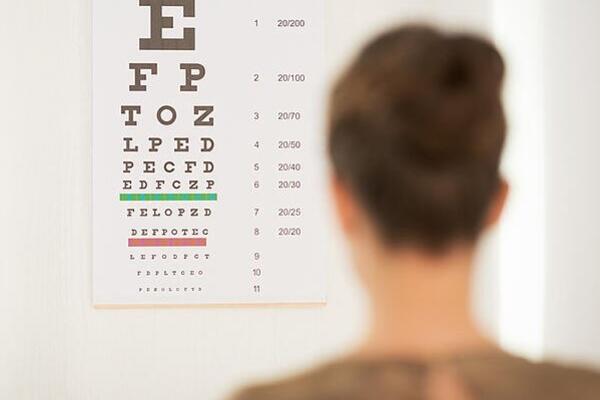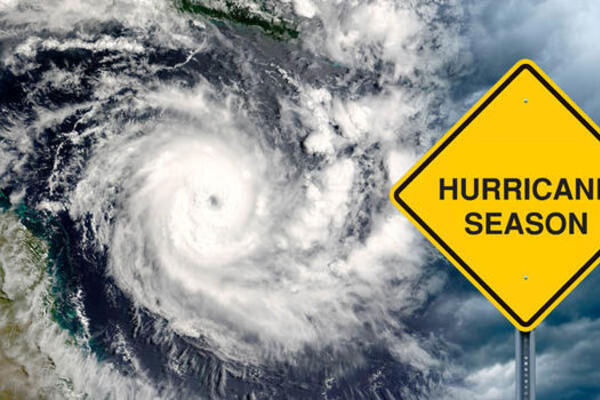Get Out Your Sunglasses! July is UV Safety Awareness Month
Thakns to eyeandhealth.com, we found the below information to be extremely helpful to protect yourself from harmful UV rays.
During the summer there is usually emphasis on protecting your skin from UV rays. But you shouldn’t forget about protecting your eyes—exposure to bright sunlight increases risk of developing cataracts, macular degeneration, and growths on the eye including cancer.
July is UV safety awareness month. However, while sitting behind the wheel of a CMV, your eyes are especially at risk of subjection to UV rays all year round. This makes it important to protect your eyes from UV rays in every situation by wearing proper eye protection, such as UV blocking sunglasses.
Here are some tips from the American Academy of Ophthalmology:
- Don’t focus on color or darkness of sunglass lenses: Select sunglasses that block UV rays. Don’t be deceived by color or cost. The ability to block UV light is not dependent on the price tag or how dark the sunglass lenses are.
- Check for 100 percent UV protection: Make sure your sunglasses block 100 percent of UV-A rays and UV-B rays.
- Choose wrap-around styles: Ideally, your sunglasses should wrap all the way around to your temples, so the sun’s rays can’t enter from the side.
- Wear a hat: In addition to your sunglasses, wear a broad-brimmed hat to protect your eyes.
- Don’t rely on contact lenses: Even if you wear contact lenses with UV protection, remember your sunglasses.
- Don’t be fooled by clouds: The sun’s rays can pass through haze and thin clouds. Sun damage to eyes can occur anytime during the year, not just in the summertime.
- Protect your eyes during peak sun times: Sunglasses should be worn whenever outside, and it’s especially important to wear sunglasses in the early afternoon and at higher altitudes, where UV light is more intense.
- Never look directly at the sun. Looking directly at the sun at any time, including during an eclipse, can lead to solar retinopathy, damage to the eye’s retina from solar radiation.
- Don’t forget the kids: Everyone is at risk, including children.
- Protect their eyes with hats and sunglasses. In addition, try to keep children out of the sun between 10 a.m. and 2 p.m., when the sun’s UV rays are the strongest.
FMCSA Vision Standard for CMV Drivers
Safe driving requires a combination of good vision, adequate visual field, ability to spread attention over the field of view, and motor skills. While protecting your eyes from UV is important, let’s not forget about how well you need to be able to see overall. Visual inputs are essential for driving a commercial motor vehicle (CMV). It is difficult to provide rigorous scientific evidence for the level of vision required for safe driving because driving is a highly complex task. Currently, the FMCSA provides guidance with their vision standard that requires drivers to have:
- A distant visual acuity of at least 20/40 in each eye without corrective lenses or visual acuity separately corrected to 20/40 or better with corrective lenses;
- A distant binocular acuity of at least 20/40 in both eyes with or without corrective lenses;
- A field of vision of at least 70 degrees in the horizontal Meridian in each eye;
- The ability to recognize the colors of traffic signals and devices showing standard red, green, and amber.
Can I wear contact lenses to do the vision test?
You are permitted to wear contact lenses, provided you’re used to wearing them and have developed a tolerance for wearing contacts. Be aware that monovision counts as a disqualification, so use of a contact lens in one eye for distant visual acuity and another lens in the other eye for near vision is not acceptable.
I am legally blind in one eye from an injury? With documentation from my eye specialist can I pass the DOT physical?
This type of injury will require documentation. If you are going to drive only within your state borders, it will be easier. Just check with your DMV to see what the states rules and regulations are. To pursue an interstate medical card will require an exemption that you can only get from the FMCSA.
Hurricane Season is Here!
June 1st was the official start date of the 2021 hurricane season that runs through November 30th. If we have learned anything from prior storms, preparation is critical. Now is the time to re-evaluate emergency plans and update as needed. The information below should help your company and employees as well to prepare now to make steps to minimize loss in the event of a major hurricane this year. Below are selected links to information to help you prepare for and recover from hurricanes and tropical storms.
1. National Hurricane Center
https://www.nhc.noaa.gov/
2. Weather Channel.com
https://weather.com/
The Weather Channel’s comprehensive storm site, complete with a drop-down menu of satellite photos and computer-generated projection maps.
3. FEMA Hurricane Background And Preparedness Information
Comprehensive information on disaster planning and recovery, provided by the Federal Emergency Management Administration.
https://www.fema.gov/emergency-managers/risk-management/hurricanes
4. Google Automatic Hurricane News Alert
Simply enter your email address and Google News will automatically email hurricane updates to you. https://www.google.com/alerts
5. Hurricane Preparedness Planning for Businesses
This document contains information useful before, during and after a storm. Included in the document are templates for assigning tasks and responsibilities to staff members, as well as recommendations for developing a comprehensive plan.
6. A Site to Share with Employees On Preparing Their Homes
https://www.familyhandyman.com/list/12-ways-to-prep-your-home-for-hurricane-season/#:~:text=%2012%20Ways%20to%20Prep%20Your%20Home%20for,as%20lawn%20furniture%2C%20toys%20and%20garden...%20More%20









